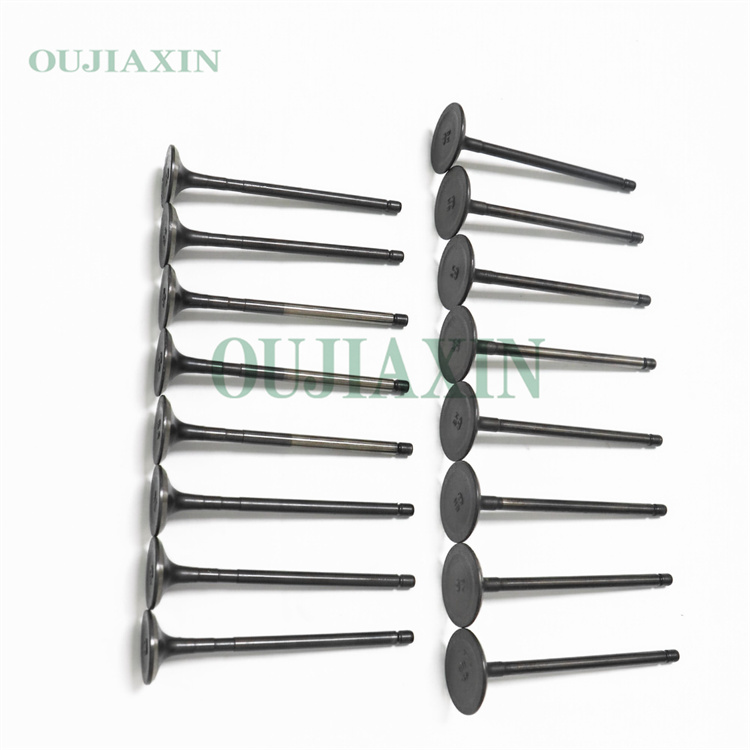Why Choose cast iron connecting rods?
In the world of engines, the connecting rod is the bridge between crankshaft and piston. Cast iron connecting rods may not wear the loudest brag, but they offer a quiet strength that many builders and operators value. If you’re after dependable performance, straightforward supply, and cost efficiency, cast iron deserves a serious look.

First, vibration damping. Cast iron, especially gray iron, has excellent energy-absorption properties. That damping helps smooth power pulses, reduces peak stresses on the crank and bearings, and can translate into longer life for the entire bottom end. For engines that idle, idle-heavy marine applications, or machines that run for long hours at steady loads, this characteristic translates into tangible reliability.
Second, practicality and cost. Casting is a cost-effective way to produce robust rods in a wide range of sizes and configurations. Cast iron simplifies tooling and inventory, delivers uniform quality across batches, and keeps unit costs down. For OEMs and rebuild shops alike, the ability to source a consistent, affordable part with fast lead times is a big advantage.
Third, machinability and consistency. Cast iron machines predictably and takes bore, pin, and crank-end machining well. Its dimensional stability, once properly heat-treated and balanced, helps technicians achieve precise tolerances without the complexity of exotic alloys. This translates into easier fitment, fewer surprises during assembly, and smoother balancing at the crank.
Fourth, broad applicability and availability. Cast iron rods cover a wide range of applications—from classic restorations and stationary engines to heavy-duty, moderate-RPM industrial units and some diesel platforms. In these contexts, the strengths of cast iron align with operating envelopes that emphasize torque, longevity, and consistent performance over time.
Fifth, sustainability and lifecycle. Cast iron is highly recyclable, and modern casting practices maximize material reuse and waste reduction. Choosing cast iron can align with responsible production goals while delivering proven performance.
Of course, high-performance, high-RPM race engines often favor forged steel for maximum strength-to-weight. But for budget-conscious builds, authentic restorations, or long-life, steady-running machines, cast iron connecting rods offer a compelling blend of damping, durability, machinability, and supply stability. If reliability at a practical cost is your target, cast iron rods are worth choosing.
Oujia has been providing the professional engine parts for 17 years.